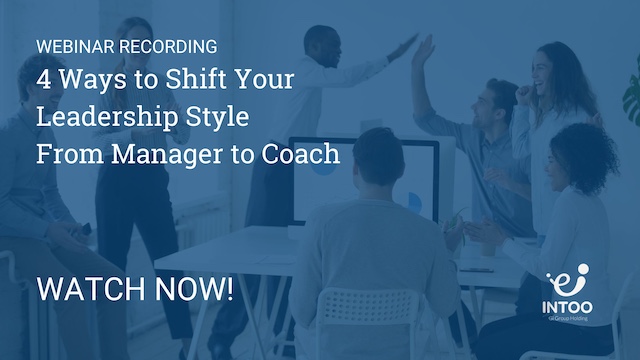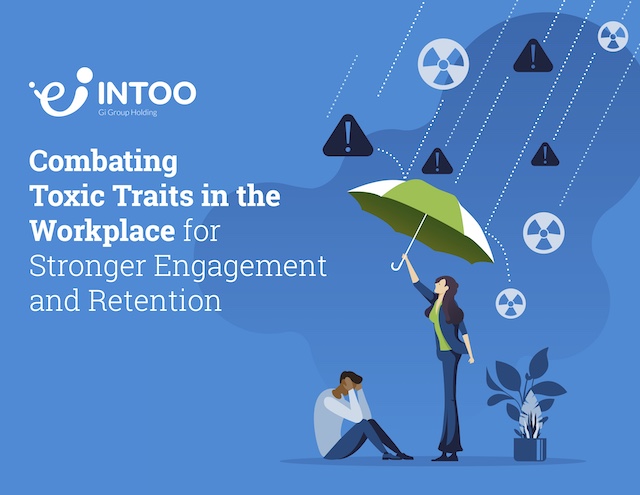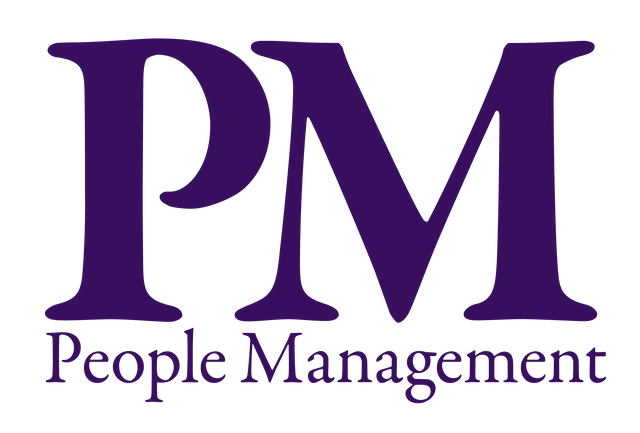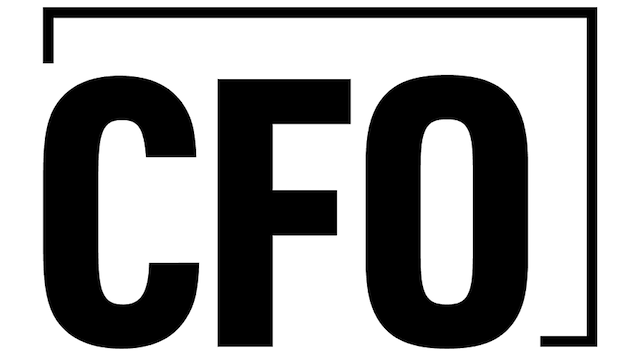Why do good employees leave your organization? Knowing the answer to this question will help you with a myriad of your responsibilities as an HR professional, from retaining valuable talent to pinpointing managerial problems to fostering a positive company culture. This is why conducting interviews with departing employees as a part of your offboarding process can be so valuable. If you’re unsure of how to conduct an exit interview, keep reading.
Conducting exit interviews with employees leaving your company can help you figure out what your organization is already doing well, and what areas need adjustment. Well-conducted interviews can also give you insights on your industry based on the employees’ expectations of your company, in terms of compensation, benefits, and other key criteria. Lastly, an exit interview can provide an opportunity to ensure the employee leaves on a high note, feeling appreciated for their contributions and respected for their feedback.
Read on for exit interview best practices.
How to Conduct an Exit Interview
Four Exit Interview Best Practices
1. Create an exit interview policy
Having a formal policy regarding exit interviewing is an important part of company culture, as it demonstrates a wish to improve and an interest in employees’ opinions. As Marissa Levin writes in Inc., including such a policy in your offboarding process shows employees that “integrity and respect are engrained in all aspects of the company.”
2. Decide on the format of the exit interview
There are many variables to consider when deciding how to conduct an exit interview:
Pre- or post-departure: While many companies choose to conduct exit interviews before employees leave the organization, other companies elect to interview employees post-departure. A pre-departure interview is easier to schedule, especially if you want to conduct it face-to-face. According to some HR professionals, however, post-departure interviews can make for more honest feedback.
If you choose to conduct the interview before the employee leaves, pick an appropriate time. Harvard Business Review recommends holding the interview “halfway between the announcement of an intention to leave and the actual departure—after the initial rush of emotion has died down, but before the employee has checked out mentally.” A post-departure interview can be conducted several months after the exit.
In-person, phone, or web: Many exit interviews are conducted in person, but a face-to-face interview isn’t always the best option. Harvard Business Review notes that “Scholars who have found that telephone interviewing may elicit greater honesty than face-to-face meetings argue that the additional cost of in-person interviews is not justified.”
Web surveys and questionnaires are also a popular option, which helps standardize questions, aggregate data, and save time. However, these methods don’t allow for one-on-one rapport or follow-up questions. As an HR professional, you can decide how to conduct an exit interview based on the specific circumstances of your company.
 In-house or external interviewer: An in-house HR professional will likely know how to conduct an exit interview that addresses some of the unique concerns specific to your organization. An external interviewer, however, may get more honest responses from employees who are concerned about preserving positive relationships with former bosses and co-workers who might serve as professional references. In addition, since conducting these interviews is a skill that requires framing questions positively, eliciting valuable responses, and refraining from making the employee uncomfortable, the expertise of an experienced external interviewer can be helpful.
In-house or external interviewer: An in-house HR professional will likely know how to conduct an exit interview that addresses some of the unique concerns specific to your organization. An external interviewer, however, may get more honest responses from employees who are concerned about preserving positive relationships with former bosses and co-workers who might serve as professional references. In addition, since conducting these interviews is a skill that requires framing questions positively, eliciting valuable responses, and refraining from making the employee uncomfortable, the expertise of an experienced external interviewer can be helpful.
Single or multiple interviews: Some companies choose to conduct not just one interview, but several. Usually, companies that go this route select several different interview methods. For example, a company might ask an employee to fill out a survey, but then also hold a face-to-face meeting to draw out more open-ended responses. Your organization could also choose to hold an in-person meeting while your employee is still with the company, followed up with a survey several months later. Conducting multiple interviews can reveal additional information and new insights.
3. Make the employee comfortable
As you consider when, where, and how to conduct an exit interview, focus on putting the interviewee at ease. For one, have just one interviewer, not multiple, and hold the meeting in a relatively private setting. This will ensure that you get the most honest answers possible.
Since employees may fear saying negative things about your company or its people will lead to retaliation, assure them that their answers will be kept confidential, or used only in aggregate, if this is your company policy.
Explaining the purpose of the exit interview can also be helpful. By clarifying the interviewee’s responses will be used to improve the company, as opposed to weighing the employee’s performance or contribution to the company, you can help the employee relax.
 4. Ask useful questions
4. Ask useful questions
When planning how to conduct an exit interview, choose your questions carefully so you get responses that will truly help your company improve. You will want to ask specific questions about the exiting employee’s work and managers, as well as broader questions about HR issues and the company culture as a whole. In addition, if the employee is leaving to go to a competing company, you have the opportunity to find out a bit about your competition.
Some useful questions to ask include:
- Do you feel you had opportunities for growth or promotion within this business?
- How well do you believe your work was recognized and appreciated?
- Do you feel you were given adequate training and assistance?
- How well was your work was aligned with your personal goals?
- How fairly was the workload distributed among you and your coworkers?
- How do you feel you were treated by your manager?
- What did you enjoy most about working here?
- Would you be willing to share what caused you to leave?
- What do you think would make this company a better place to work?
It’s also important to avoid asking questions that are irrelevant, inappropriate, or illegal. For example, Nannina Angioni, labor and employment attorney and partner of the law firm Kaedian LLP, told Fast Company that interviewers should not ask for private information about other employees: “For example, don’t ask a departing employee to tell you if any of your existing employees have medical issues, are planning on becoming pregnant, or have mental health problems.” You should also avoid sharing your own opinions, office gossip, or personal issues.
Putting Exit Interview Learnings to Work for Your Organization
Following the best practices above will guide you on how to conduct an exit interview that is beneficial for your company. Of course, this vital part of offboarding is only useful if the knowledge gained from the effort is actually put into practice. Make sure to collect and analyze the responses, looking for patterns to help you spot opportunities to improve your company. If trends emerge, share your insights with managers and relevant leaders of the company who can take action.
Just as you want to have a policy in place for how to conduct an exit interview with employees who leave your organization voluntarily, you also want to have an offboarding policy in place for employees affected by layoffs or terminations. For those workers, Intoo’s outplacement solution can provide premium career transition services, including on-demand, one-on-one coaching with career experts, video interview coaching, and resume review. Our outplacement program also gives job seekers access to a full suite of career development tools, from resume and cover letter builders to social media networking guides. Learn more about how Intoo’s outplacement solution can help protect your employer brand and mitigate lawsuits while supporting your exiting employees in their next career step.


 4. Ask useful questions
4. Ask useful questions








